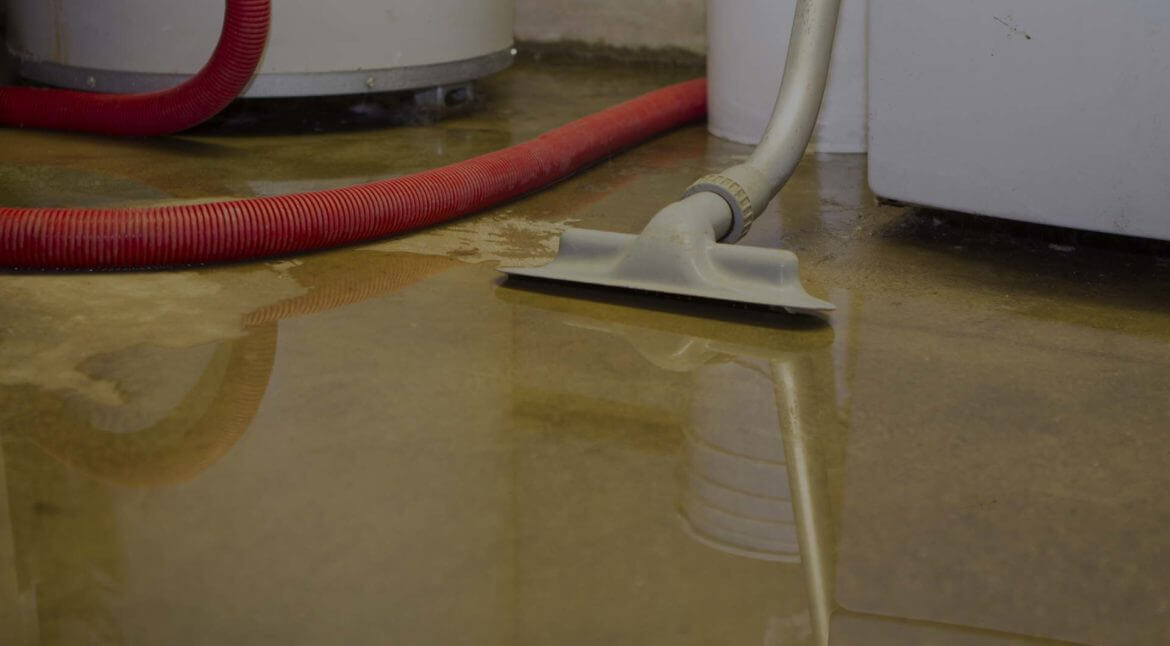As a homeowner, you are naturally concerned with the safety of your drinking water. You do not want it to be cross contaminated with your sewer line or other dirty water sources.
If you have any concerns or just don’t know much about your home’s plumbing systems, you may want to learn how a backflow preventer that is properly installed by a qualified plumber can provide additional protection.
Keep reading to learn what a backflow prevention system is, the types of systems available and why you should always have backflow prevention installed by a professional and qualified plumber. Your drinking water is too important to leave to a DIY attempt. This is a job that needs to be done right.
What is a backflow preventer?
A backflow preventer is a device that allows water to flow in one direction and never in the opposite direction. It is designed to prevent your drinking water from becoming polluted with the sewage system due to backflow.
Typically, a backflow preventer is installed above ground, though sometimes it can be installed in an underground vault. Most are installed above ground for easier inspection and maintenance.
How a backflow preventer works
Like food passing through the body, water should only flow in one direction — into your building or home. But sometimes things go wrong, usually due to problems with water pressure that allow dirty water to flow backward and seep back into the main water supply line, contaminating your water.
A backflow preventer transmits the polluted water back into either the city piping system or your home piping system. Sometimes it is simply a wall or barrier that prevents polluted water from flowing back into your drinking water.
Backflow prevention installation options
There are three options to consider for residential backflow prevention installation:
- Inside a vault
- Inside a building
- Outside and above ground in an enclosure
We strongly recommend against installing backflow prevention units in underground vaults because they can flood. This can cause cross contamination.
Sometimes a backflow prevention system can be as simple as a physical separation between the water supply and any potential source of pollution.
The right type of backflow prevention depends on your water supply company as well as the plumber you choose to install it. The work should comply with local building codes, which should indicate the best option that is allowed in your area.
Why you need a plumber to install backflow prevention systems
Installing a backflow prevention system correctly is essential. A certified plumber is best qualified to ensure the correct size of backflow preventer is installed and that it is installed properly. This prevents sewage from ever polluting your fresh water line.
Installing a backflow prevention system is not a DIY job nor something you should leave to an amateur plumber.
The importance of regular inspections of backflow prevention systems
Once installed, backflow prevention systems must be tested annually by a qualified plumber to ensure they are operating correctly and your drinking water remains safe. This prevents system breakdown or other contamination problems.
Need help? Contact Plumbers 911!
If you have questions or are ready to have a backflow prevention system installed or inspected, contact Plumbers 911. We provide a network of experienced expert plumbers and can quickly connect you with a contractor in your area. Besides being highly experienced, all our plumbers are bonded and undergo rigorous background checks.


